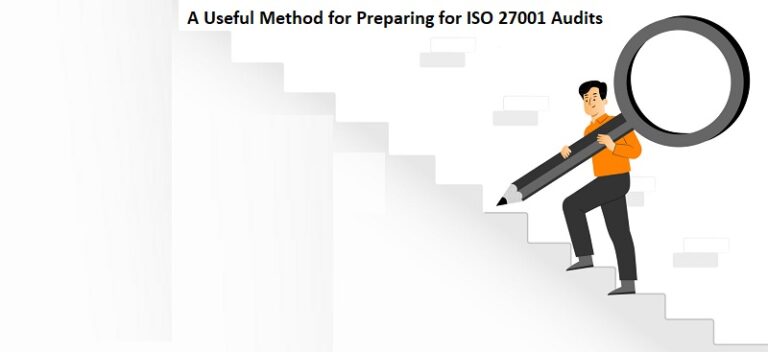ISO 27001 audit makes sure that international data security requirements are followed. The likelihood of an audit being effective is increased by preparation. This guide offers doable preparation stages.
It establishes rules for safeguarding private information. Prior to the audit, organisations need to be aware of its requirements. Finding important compliance issues is aided by ISO 27001 certification.
Control mechanisms, security rules as well as risk assessment are all part of the framework. It also entails ongoing observation along with development. Effective implementation of these strategies is crucial for organisations.
Perform a Gap Analysis
A gap analysis pinpoints areas in need of development. It contrasts ISO 27001 certification criteria with existing security measures. This procedure draws attention to the system’s flaws.
Any deficiencies discovered should be documented by organisations. Compliance is increased by filling in these gaps prior to the audit. A methodical approach guarantees that no detail is missed.
Create a Policy for Information Security
It is essential to have a robust information security policy. It outlines the roles and goals of security. Workers must abide by the rules in order to safeguard private information. Consistent updates guarantee conformity with changing security threats. During the audit, auditors evaluate the efficacy of the policy.
Define Roles and Responsibilities
Organisational responsibility is enhanced by clearly defined responsibilities. Workers need to be aware of their information security obligations. Implementing security measures smoothly is ensured by appropriate delegation.
Initiatives for security must have the backing of the leadership group. Their participation makes compliance efforts stronger. Security procedures should be taught to staff members.
Conduct a Risk Assessment
Potential security concerns are found through a risk assessment. It aids businesses in putting mitigation techniques into action. Continuous security enhancements are ensured by routine evaluations.
Risks should be documented by organisations. During the audit, auditors examine risk management techniques. The organization’s security posture is strengthened by appropriate documentation.
Put Security Controls in Place
Organisations must implement security procedures by ISO 27001. These safeguards stop illegal access as well as data breaches. Organisations must match the criteria of the standard with their controls.
Their efficacy is ensured by routine testing. Auditors look at how these measures are being implemented.
Procedures for Document Security
Adequate documentation is necessary to comply with ISO 27001. It offers proof that security measures have been put in place. Documentation is used by auditors to confirm compliance.
Plans for incident response, risk assessments along with regulations must all be thoroughly recorded. Records should be kept up to date by organisations. The audit process is made simpler by thorough documentation.

